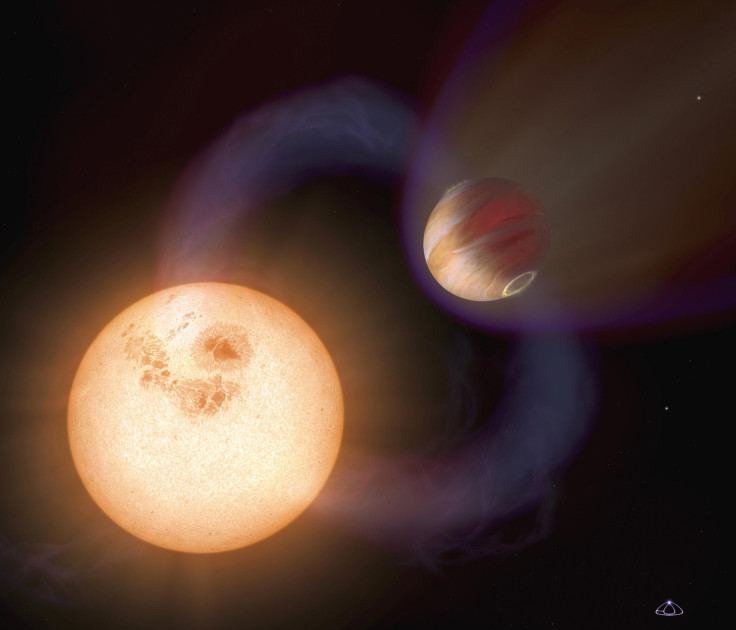NASA Planet-Hunting Telescope Discovers 3 New Exoplanets Including Super-Earth, 'Lava World'

NASA's Transiting Exoplanet Survey Satellite (TESS) has found three new exoplanets since it was first launched, the latest one being a nearby exoplanet three times the size of the Earth.
On Monday, the discovery of exoplanet HD 21749b was announced at the 233rd meeting of the American Astronomical Society in Seattle. According to researchers, HD 21749b is 53 light-years away from Earth and orbits a bright star in the Reticulum constellation with a 36-day orbit. The nearby exoplanet's surface has a temperature of 300 degrees Fahrenheit, which scientists consider to be very cool for a planet so close to its star.
Diana Dragomir, a postdoctoral researcher in the Massachusetts Institute for Technology's Kavli Institute for Astrophysics and Space Research, confirmed that exoplanet HD 21749b is the "coolest" small planet orbiting around a star as bright as the one in the Reticulum constellation, CNN reported.
"We know a lot about atmospheres of hot planets, but because it's very hard to find small planets that orbit farther from their stars and are therefore cooler, we haven't been able to learn much about these smaller, cooler planets," she said. "But here, we were lucky and caught this one and can now study it in more detail."
According to Dragomir, the exoplanet, which is considered a sub-Neptune due to its size, is 23 times as massive as Earth, makng it more of a gaseous planet than a rocky one. However, Dragomir said they don't believe it is as gaseous as Uranus and Neptune, which comprise mostly hydrogen and are "really puffy." HD 21749b is apparently more likely to have a thick atmosphere or a density of water.
It looks like HD 21749b may not be alone in its system as scientists also believe there is a second planet there that is about the size of the Earth.
As for the two exoplanets previously discovered by TESS, one is super-Earth Pi Mensae c and the other is the rocky planet LHS 3844b.
Pi Mensae c is around twice the size of our planet and orbits Pi Mensae, a star 60 light-years away in the Mensa constellation. This star has been found to be very similar to our Sun in terms of size and mass.
Meanwhile, 49 light-years away in the Indus constellation is the LHS 3884b, which orbits a cool M-dwarf star. Unlike the Pi Mensae, this star is only one-fifth the size of our Sun. MIT Kavli Institute's Chelsea Huang described it as a "lava world" as some of the exoplanet's rocky surface is very close to its star.
TESS was launched in April and took over the planet-hunting mission from the Kepler space telescope.
© Copyright IBTimes 2025. All rights reserved.




















